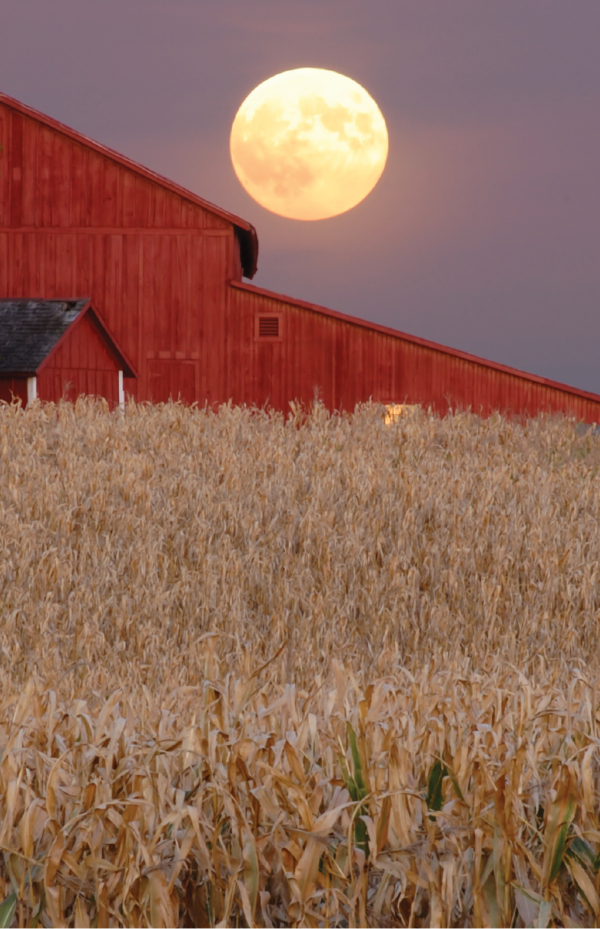FORECASTING IS THE HOLY GRAIL
By Terri Mason

It’s difficult to figure out what will happen next with the earth. In the West, the hope is always for moisture. I side with the great Scottish comedian, Sir Billy Connolly, when he said, “I hate all those weathermen, too, who tell you that rain is bad weather.
There’s no such thing as bad weather, just the wrong clothing, so get yourself a sexy raincoat and live a little.”
Recently, I was pondering the accuracy of the weather forecast and what was going to happen next. We’re in the time zone of “freak” storms, forecast as flurries but ending up as blizzards. We had a big one in 2022 around Maple Creek, Sask, when the power was knocked out for six days in the area (longer on some ranches) when a snowstorm and high winds blew through and snapped off some 600 power poles.
The Salvation Army, experts in disaster management, stepped up to the plate, and everyone was fed and watered and looked after. Deep ditches were level with snow, and drifts reached the eaves and above on modern barns. What saved us was the mild temperatures.
There was a lot of extra moisture that spring.
Perhaps the most devastating time (outside of war) in Canadian history was the Dirty Thirties, a decade of Dust Bowl drought that devastated not only Canada but the U.S. as well.
The financial and emotional scars wreaked upon Canadians of that era still linger today. As a kid, I had old friends who lived through that time, and even after so many years, it was difficult for them to talk about it. I remember my late cowboy friend, Johnnie Boychuk, once saying, “Nobody had nuttin’…” Dust storms miles high and miles wide took precious topsoil as far east as New York.
There was no moisture to speak of for nearly a decade.
And, of course, if you’re an Albertan, you’ll remember how the 2017 Calgary Stampede eclipsed their 100th celebration when nine inches of rain fell onto the deep mountain snowpack, and soon the world-famous arena was under three feet of water. That was their finest hour when they rose up and, “Come Hell or High Water” — they held the 101st Calgary Stampede.
There was a lot of extra moisture that year.
If you’re Canadian, especially a rural Canadian, the big topic is always the weather, and the Holy Grail is being able to predict it accurately.
Today, the art of weather predicting — or prognostication (to use a $10 word, as my dad would say), is aided by high-tech tools such as satellites orbiting the Earth. In some cultures, especially in rural Saskatchewan, locals carefully cut out one particular annual weather forecast and tape it to the fridge. This detailed forecast is foretold by pig spleen prognosticator Jeff Woodward.
Wait, What?
Yes, sirree, reading a pig spleen for a weather forecast is a real thing, and it is an art passed from generation to generation. Jeff inherited the job from his late uncle, Gus Wickstrom, a farmer from around the Tompkins area. In fact, his family has been doing these forecasts ever since his grandparents immigrated from Sweden.
“He only predicts the first six months of weather each new year, from January to June,” explained his aunt Lynette from Gull Lake. “He says the pigs get the rest of the year off.”
It’s a learned skill, prognostication, and the art is not to be taken lightly, but as it was explained in his press release, “In order to maintain tradition and ensure accuracy, several toasts of Aquavit in the traditional Scandinavian fashion were made.”
To make the predictions, Jeff first divides the spleen into six equal portions, representing January through June.
“I hate all those weathermen, too, who tell you that rain is bad weather. There’s no such thing as bad weather, just the wrong clothing, so get yourself a sexy raincoat and live a little.” — Sir Billy Connolly, Scottish comedian
The premise is that a pig’s spleen has an innate sense of what the upcoming winter will be like, and a skilled prognosticator can look at the spleen of a mature pig and determine what the pig is preparing for between January and June.
There is fat on the spleen, and when interpreted correctly, it will reveal the temperature and the weather expectations for the upcoming months.
Any abnormalities in the spleen, like bumps or scars, signify either cold weather or a significant event happening at that time.
Is he accurate? Surprisingly so. For southern Sask, February 2023 was eerily on point when he wrote, “February will continue to see highly variable conditions and a reversal of conditions or a snow event around February 10.” My calendar is marked that it snowed on that date.
“Environment Canada’s long-range accuracy for predicting the winter weather is about 53 percent, so they miss it half the time,” laughs Jeff. “You can do just as well flipping a coin. The pig spleen prediction is way better than Environment Canada’s.”
His next prediction will take place late this year and will cover Jan – June 2024. I’ll post Jeff’s predictions for southern Saskatchewan on Cowboy’s website.
By the way, Jeff is predicting rain for southern Saskatchewan during the first or second week of January. Stay tuned!













